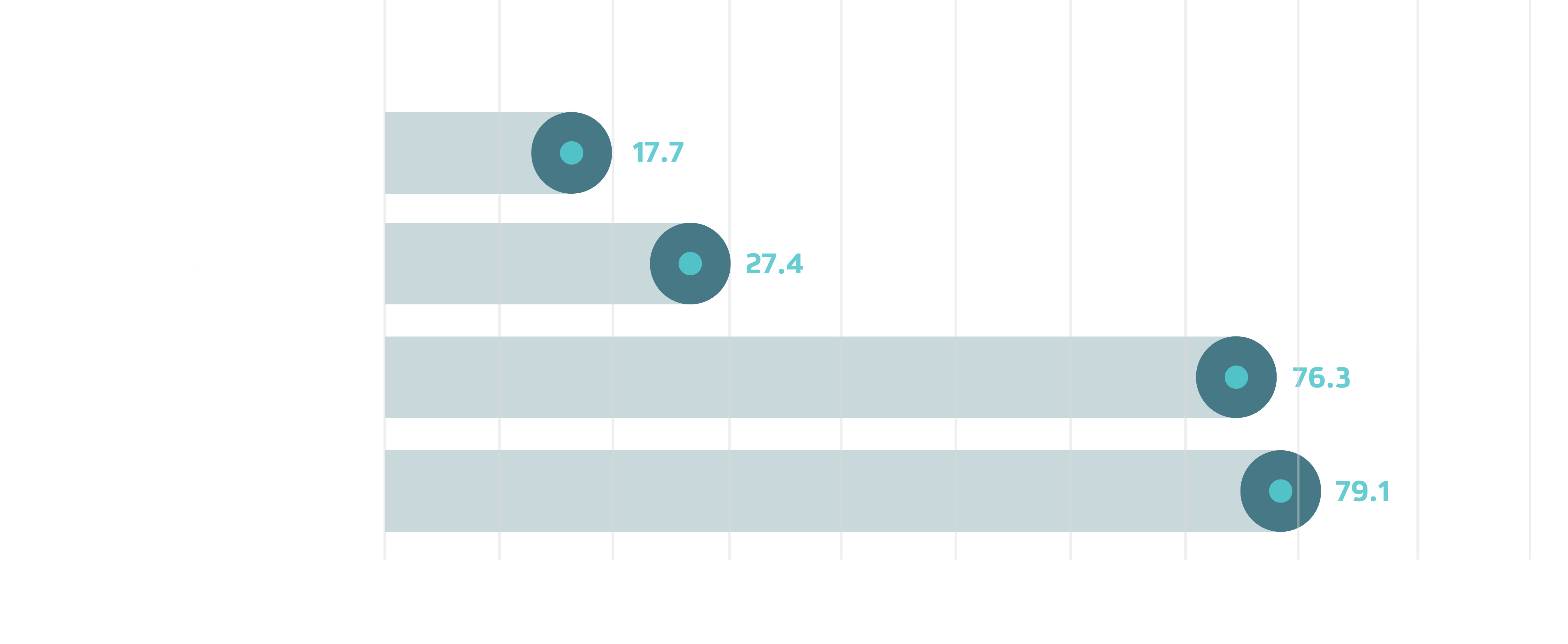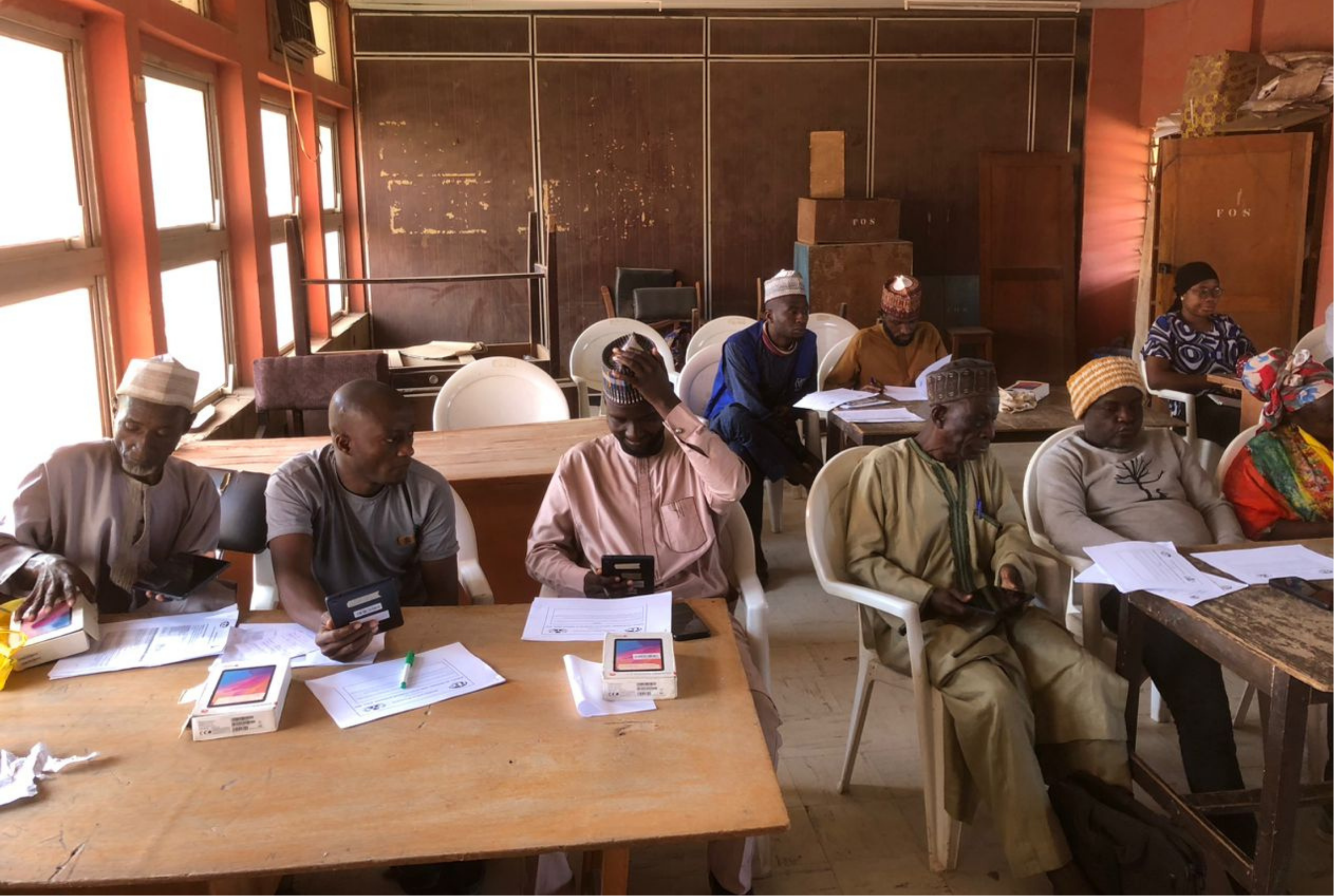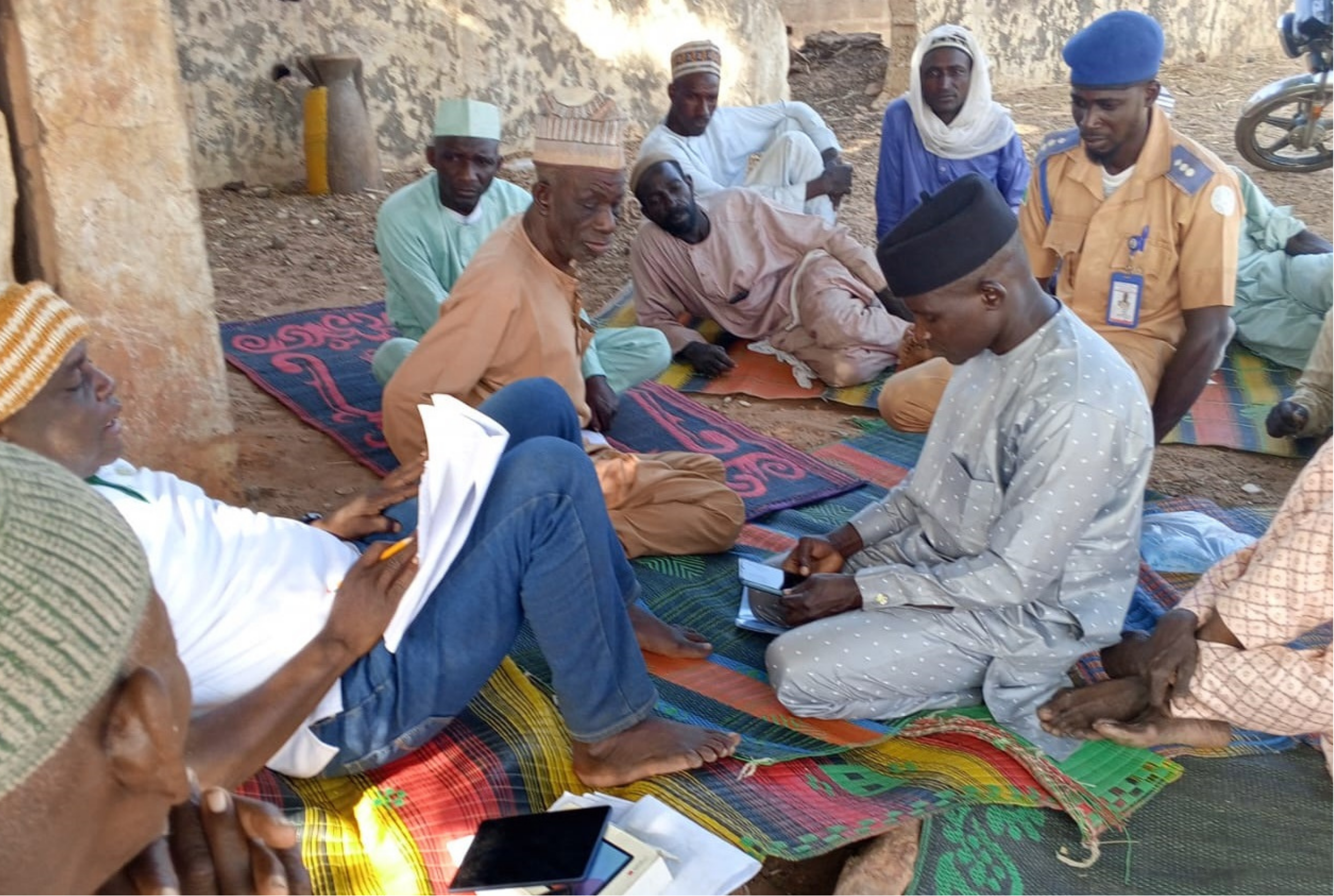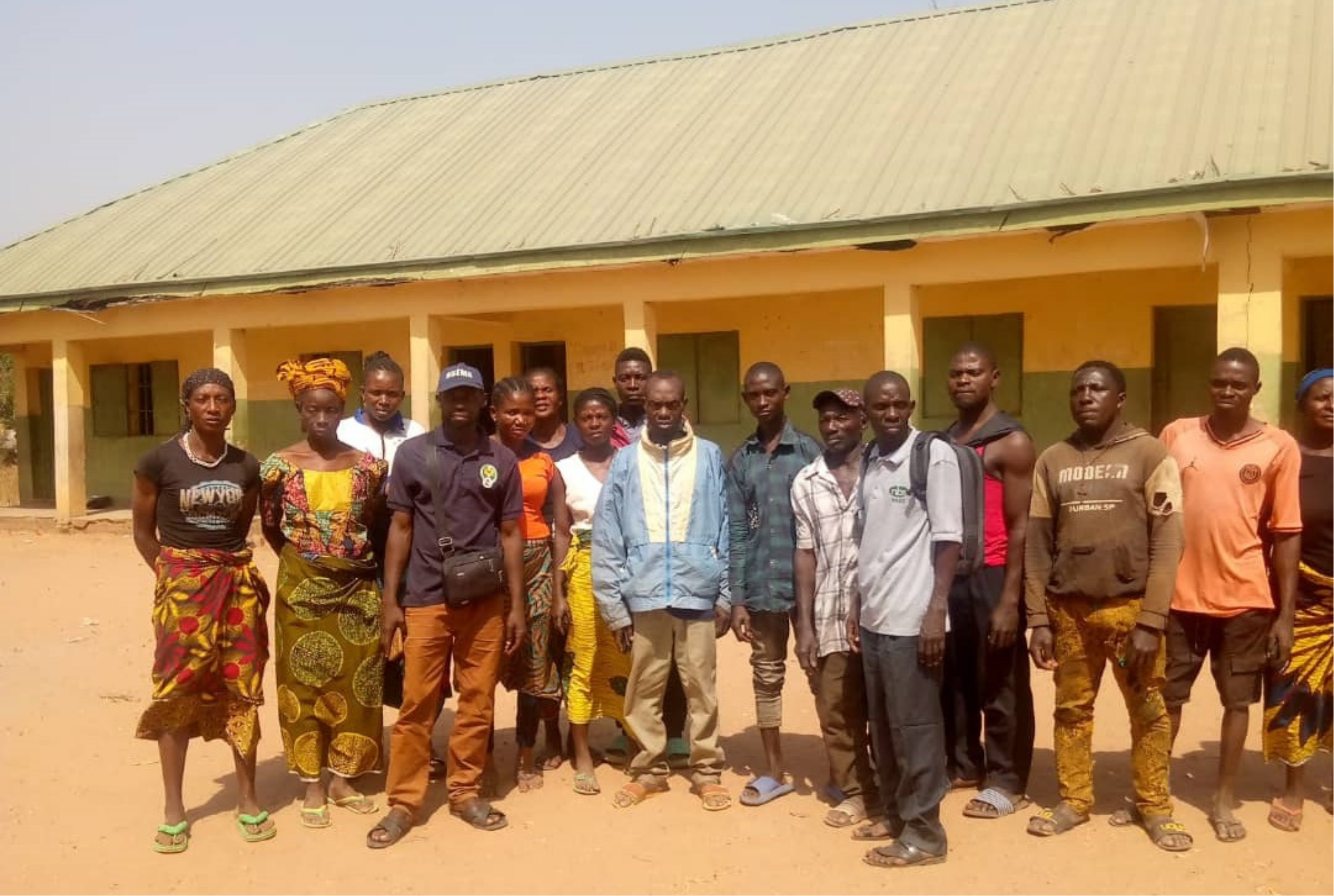Nigeria
Strengthening national ownership in data collection and analysis on internal displacement
Background
Internal displacement has impacted Nigeria for many years as the country grapples with a complex tapestry of security concerns. The insurgency of Boko Haram in 2009 in the Northeast territories and its spread into neighboring regions, lead to widespread violence, the destruction of infrastructure, and the displacement of communities. More recently, communal clashes, armed conflict and banditry have caused further displacement in other parts. Latest estimates report over 3.3 million IDPs in the nation at the end of 2023. [1]
Government leadership on responses to the issue has been clear for some time, as evidenced by the 2021 National Policy on Internally Displaced Persons and other national and sub-national legislative actions. Following the adoption of the National Commission for Refugees, Migrants, and Internally Displaced Persons Act Bill. In 2023, the National Bureau of Statistics (NBS) was empowered to carry out its first ever Survey on Internally Displaced Persons under the leadership of the Statistician General. Inspired by their participation in EGRISS’ All Members Meeting in 2022 and the IRIS, the goal was to produce nationally owned data on IDPs that captured this population’s demographic composition, diagnose challenges experienced, and identify opportunities to foster durable solutions.

The IDP Survey
Fully funded by NBS, the IDP Survey was a collaboration with more than 20 partners: an ad-hoc Technical Working Group (TWG) with representatives from the Interministerial Technical Working Group on Migration and Development, in addition to external national and international stakeholders, was set up to coordinate the work. Members of the TWG included the National Commission for Refugees, Migrants, and Internally Displaced Persons (NCFRMI), well as the United Nations Refugee Agency (UNHCR), and the International Organization for Migration (IOM). The group supported the development of the survey instruments used and helped to design the enumerator training.
Due to financial restraints and security considerations, the survey was conducted only in seven states heavily affected by displacement — Adamawa, Yobe, Borno, Sokoto, Katsina, Benue and Nasarawa. Over a 12-day period, 120 field personnel realized the data collection, covering the IDP population in 340 camps and camp-like settings, and a sample of host communities in 36 locations. However, IDPs residing in host communities were not included given challenges of reliably identifying them.
Survey findings were validated by the TWG and shared in a Report in September 2024. The results show that 50.2% of the IDPs were under 18 years, which indicates that the dependent population is high. Significantly, a majority (77.3 %) indicated their willingness to return to their place of former residence, despite only 22.2 % of this group agreeing that it is safe to go back. A higher percentage of rural households (92.3%) are more willing to return compared to urban households (54.3%).
Challenges faced by IDPs in selected Nigerian States (%)

Source: NBS Nigeria
The use of the International Recommendations
National ownership data enables better informed Government action, as underlined by the International Recommendations on Internally Displaced Persons Statistics (IRIS). As such, the 2023 IDP Survey embodies a central tenant of the IRIS. While the recommendations encourage integrating displaced populations into existing national surveys or other data sources, this standalone survey realized a significant initial step toward strengthening national responsibility for IDP statistics.
More specifically, the IRIS informed the questionnaire design including the identification of IDPs and questions to capture the socio-economic characteristics of the population to better inform pathways to durable solutions. The inclusion of host communities is strongly advised by the IRIS, enabling some comparative analysis between the different groups.
“The use of international recommendations was key. For your findings to be accepted, you need to go in line with international standards, but also look at the local context, which is a unique case in Nigeria”.
— Geofrey Akor, Migration Desk Officer, National Bureau of Statistics

The first level of training was held at NBS headquarters in Abuja with participants from NBS, IOM, UNHC, and other stakeholders. Later, the training of enumerators took place across the selected states, including Sokoto. | © NBS Nigeria

Teams comprised of three enumerators, (a team lead and two teammates) covered 40 households per camp. The number of teams constituted in each state varied. | © NBS Nigeria

A total of 120 personnel were engaged in the fieldwork, which lasted for 12 days and covered 1600 households selected using a simple systematic random sampling technique from a frame obtained from the IOM. | © NBS Nigeria
Conclusion
As a signatory of the Kampala Convention and having pushed forward a range of national and sub-national legislation on internal displacement, Nigeria has made significant strides in the political sphere to address the challenge. In the statistical field, the IDP Survey described here, demonstrates a willingness to enhance national ownership also around data.
Results are expected to inform the development of more evidenced-based policies and the evaluation of existing ones that aim to foster durable solutions to displacement in a way that accounts for the interconnected dynamics of both displaced populations and communities that host them. Beyond this survey and availability of adequate resources, NBS plans to conduct a similar survey in the other parts of the country (in particular those impacted by climate-induced displacement) and explore opportunities to identify and over-sample IDPs residing in host communities so they can be effectively incorporated into wider household surveys.
[1] Estimate produced by IOM and reported in IDMC Global Database. See here.
